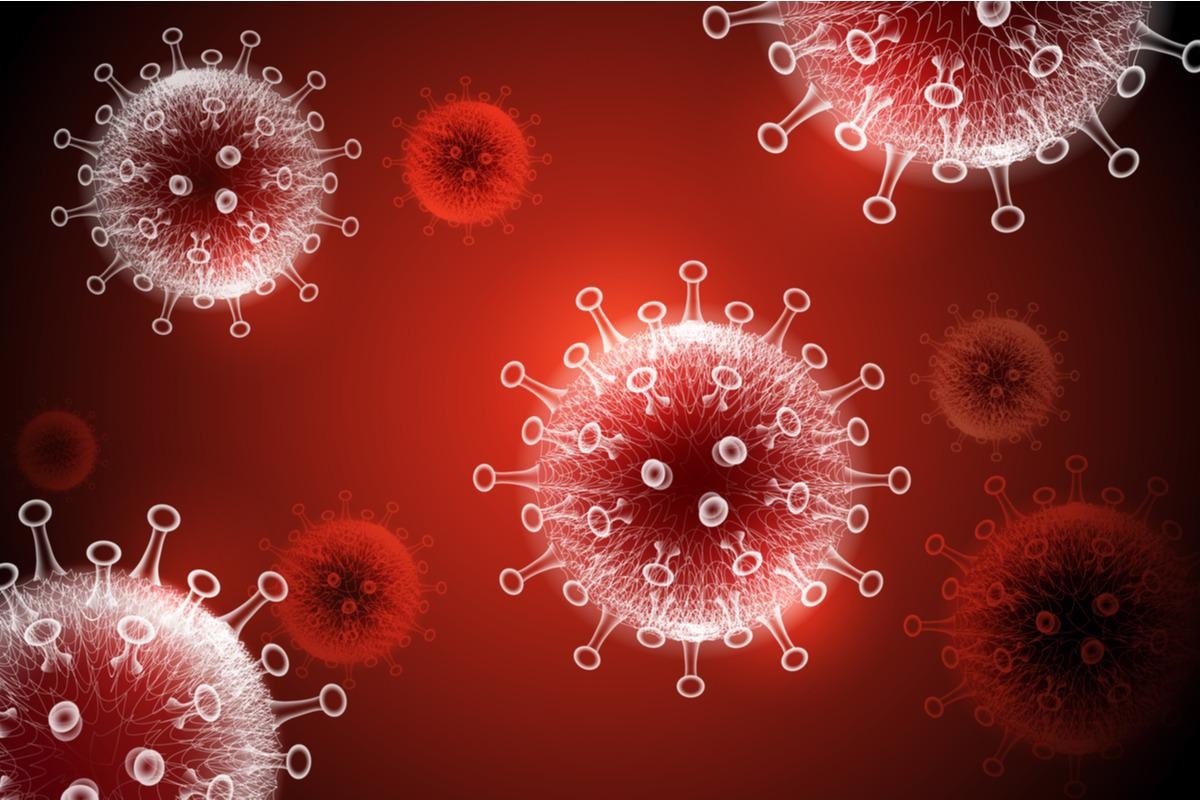In a recent study posted to the bioRxiv* pre-print server, a team of researchers demonstrated the neutralization of severe acute respiratory syndrome coronavirus 2 (SARS-CoV-2) Omicron (B.1.1.529) variant by select antibodies and used cryogenic electron microscopy (cryo-EM) structures to reveal structural mechanisms for the maintenance of potent neutralization against emerging SARS-CoV-2 variants of concern (VOC).
Study: Structural basis for potent antibody neutralization of SARS-CoV-2 variants including B.1.1.529. Image Credit: CKA/Shutterstock
Omicron exhibits higher transmission and has increased resistance against host immunity. Of the 37 reported mutations in its spike (S) protein, 15 resides within the receptor-binding domain (RBD), which is the major target site for neutralizing antibodies. Therefore, it is vital to understand the mechanisms by which these mutations evolve and devise effective antibody therapeutics and vaccines based on this understanding.
About the study
The researchers used a series of functional and structural analyses to determine the differences in the neutralization of different VOCs, identify antibodies and antibody combinations capable of potently neutralizing emerging VOCs, including Omicron. To functionally frame their analyses, they used the Barnes classification, which categorizes antibodies based on their binding to the ACE2 binding site and the position of RBD.
The researchers collected single-particle cryo-EM data to obtain a structure of the trimeric ectodomain of the S protein at 3.29 Å resolution. Next, they used a flow cytometric assay to evaluate the binding of human ACE2 to cells expressing variant S proteins.
In total, they purified 17 highly potent antibodies targeting the S RBD, including 13 antibodies currently under clinical investigation or approved for use under expanded use authorization (EUA) by the United States Food and Drug Administration (FDA).
Results
The two VH1-58 supersite antibodies, B1-182.1 and S2E12, showed a ~6-fold difference in Omicron neutralizing, and both these antibodies remained highly potent. The study findings showed that Omicron required a series of mutations to reduce an antibody’s potency, and VH1-58 antibodies could alleviate the impact of Omicron mutations by reducing the size of its CDR H3 residue 100C.
The researchers also evaluated two Class II antibodies, LY-CoV555 and A19-46.1, and determined the functional basis of Omicron neutralization and escape. The findings revealed that either E484A or Q493R RBD mutations of Omicron resulted in complete loss of LYCoV555 neutralization, while the same mutations did not affect A19-46.1.
Next, they evaluated the structural basis of A19-46.1 neutralization of Omicron, for which they obtained the cryo-EM structure of the Omicron S in complex with Fab A19-46.1. This structure revealed that A19-46.1 binds to an RBD region generally targeted by the Class II antibodies with an angle approximately 45 degrees towards the viral membrane. Binding involved latching of light chain CDRs to the outer rim of the RBD, providing ~70 % of the binding surface, and A19-46.1 used its 17-residue-long CDR H3 to form parallel strand interactions with RBD residues 345-350. It showed how the bound antibody clashed with ACE2, providing the structural basis for its neutralization of B.1.1.529.
Among tested Class III antibodies, A19-61.1 completely lost neutralization activity due to G446S amino acid change in Omicron RBD. While S309 showed moderate neutralizing activity against Omicron, the S371L amino acid change completely abolished its neutralizing ability, suggesting that combinations of S371L with other Omicron mutations can result in structural changes in S that allowed S309 to overcome the impact of S371L substitution. Similarly, no amino acid change/mutation impacted the high potency of LY-CoV1404 against all tested VOCs, including Omicron. The analysis also showed that S309 and COV2-2196 Class III antibodies neutralized to similar degrees.
The study also identified antibody combinations, suggesting the possibility of synergistic neutralization against Omicron. Of the 10 evaluated antibody combinations, only COV2-2196/COV2-2130, B1-182.1/A19-46.1, and B1-182.1/S309 neutralized Omicron. Interestingly, each used a VH-158 supersite antibody and showed a 5 to 115-fold improved potency over the individual component antibodies.
Conclusions
The study provides in-depth insights into the neutralization activity of several classes of anti-SARS-CoV-2 antibodies. The study demonstrated that VH1-58 supersite is common to the most potent and broadly neutralizing anti-SARS-CoV-2 antibodies, hinting towards developing structure-based designs of existing antibodies to mitigate SARS-CoV-2 mutations by targeting these amino acid positions.
The study findings also suggested using potent Class III antibodies to induce structure-based vaccine designs that mask residue 446 in RBD. In addition, study results revealed the existence of G446S sensitive and resistant antibodies with significant epitope overlap, suggesting the use of S with G446S substitution to evaluate the quality of Class III immune response in serum-based epitope mapping assays. The VH1-58-derived B1-182.1 antibody was not affected by S371L substitution and preferred RBD-up conformation and could break up the interaction to induce the 3-RBD-up conformation, thereby enhancing the binding of other antibodies that require the RBD up-conformation (such as A19-46.1).
The study also emphasizes the identification of SARS-CoV-2 monoclonal antibodies that might function synergistically (as seen for other viruses), which may be used in combinations to enhance overall potency and mitigate the risk of escape posed by SARS-CoV-2 variants.
*Important notice
bioRxiv publishes preliminary scientific reports that are not peer-reviewed and, therefore, should not be regarded as conclusive, guide clinical practice/health-related behavior, or treated as established information.


